Editor's Note: This article was originally published on March 31st, 2015, and as such is very much rooted in public knowledge and available information at the time. Since its publication, a number of artists on this list have become controversial in a more serious way and that is not reflected in the content or analysis of this article. We are maintaining the piece as is for reference and providing this context for the sake of any future readers.
There's nothing more interesting than walking into your local gaming shop, before a Magic tournament begins, and hearing a discussion on some aspect of the game. Whether it's arguing over why Grafdigger's Cage is utterly unfun for the reanimator in your life or why an artist "is just the bestest ever," the social aspect of the shop, and the mini-culture within it, is what makes the game interesting beyond just the tournament.
We all had our share of yelling during Avacyn Restored with Triumph of Ferocity. As of late, Magic has had its art on point, and as such, atrocious depictions of women hasn't been the norm, as it is for most TCGs. As I started thinking, most players don't even realize the whole Guay kerfuffle or even the James Ryman card situation! That art side, the visceral reactions that have sixteen-year-olds arguing with each other, is relegated to just Standard. I figured it's time to go over--not why artists are loved or disliked, no, but rather--why discussion will occur over an inclusion of an artist as bringing controversy and a bit on their backstory. Remember that it's always better to be loved or hated than to be forgotten. At least if you have a line of haters, people care enough to even talk about you.
So, as you stand in line to pick up your twenty-four-ounce Mountain Dew to enter into some watercooler talk between matches at your Friday Night Magic this Friday or during the cracking of Dragons of Tarkir prize packs, here's some info for you on the most controversial artists of Magic. Enjoy!
Top 11 Controversial Artists of Magic
Rebecca Guay
 |  | 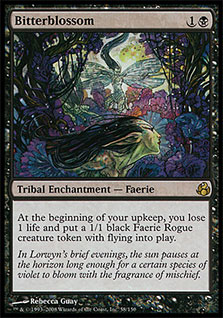 |
Rebecca is arguably among the Fantasy/Sci-Fi/Imaginative Realism field's best watercolor painters, and her over hundred Magic card commissions really show her lightness in touch.
She wasn't invited to be in a set in the late 1990s, and her fans assume she was being blackballed. She wasn't, but it appeared so. Her style just differed from what was needed in the upcoming set at the time. Her style often includes depictions of long-haired thin women--an ethereal quality. Fans at the time assumed she was being punished for painting a style that appealed to fans, often women, instead of a darker, starker look that epitomized many of the other Magic artworks at the time. Wizards even commented on it with two cards:
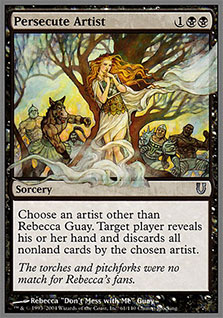 | 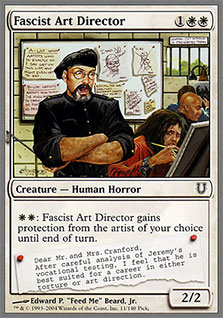 |
Magic hasn't had her on a set since her final image, Regenerate, in Magic 2010.
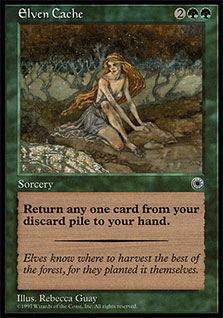 |  | 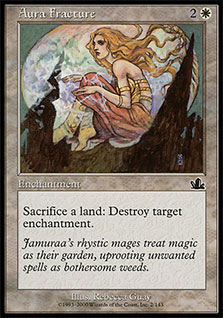 |
Terese Nielsen
She's controversial?
You bet she is.
Despite Terese being a small staple in Magic's visual lexicon since her most famous Force of Will came onto the scene, she stands out.
Her art is a mix of media with a uniqueness that is not dictated by a style guide. It's an art director's choice to include her because her art is impressive, and fans of hers have existed for nearly twenty years. At the same time, card artworks like Descendants' Path aren't the normative visual culture of Magic. It doesn't fit, and surely that card in Avacyn Restored made zero sense within the set. Either folks loved it or hated it. But what it also created was an emotion. No one looked at it and her other art and glaze over it. You're forced to see it, interact with it, and react.
I find her ability to tell a story in 2" × 3" while using idealized-looking characters to provoke a healthy visceral reaction. Instant reactions when it comes to art are always indicative of the best works.
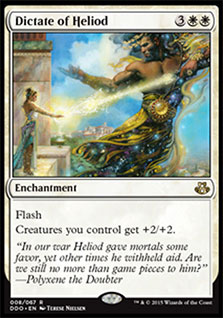 | 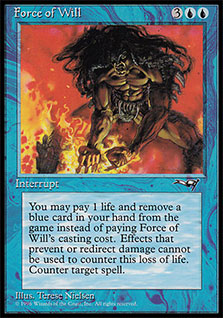 | 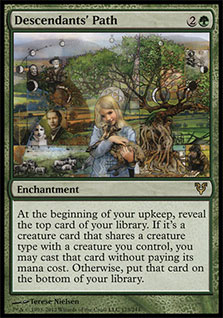 |
rk post
Randy is universally liked by players from Minneapolis to Monaco--that's established--but his controversy lies in his single-handed approach in changing the Magic art environment. I wrote an article talking about artists being guests or vendors at Grand Prix events in the future, and he's nearly at the center of it.
Randy is one of the reasons people are asking these questions of what an artist is in today's Magic environment. He's a one-man vendor and can become profitable in any event with his incredibly fast line work on the back of tokens, play-mat sketches, and alterations. So, if you're a tournament organizer and he opens up for a weekend, since players want him to attend, other artists can be bumped from events to make room for him. It's capitalism at its most direct conclusion and begs the question of whether artists will be guests at all in the future--or if they'll be vendors tied to a store or agent, coming in with a full line of products.
The jury's still out on what role artists will play, but I would look to see what Randy is up to for the earliest clues to see the future.
 |  | 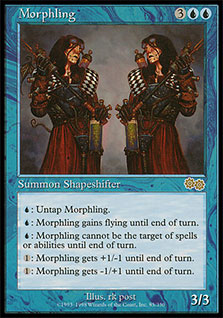 |
Phil and Kaja Foglio
Their artworks were on some incredibly powerful cards in the mid-1990s, like Eureka, and they were on booster packaging, like Spirit Link. Yet, some of their whimsy often broke the fourth wall and had humor and real-world inclusions, and they felt very different from the serious tone of many of the sets they were included in.
 | 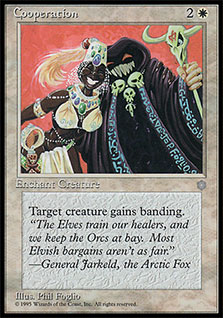 |  |
A common gripe about Magic art is that it takes itself too seriously and that everything is digital. What players are articulating is a complaint that art like the Foglios' no longer exists. The fun and clearly painted depictions are harder to see. While traditional artists now touch up pieces more in Adobe Photoshop, making brushstrokes harder to see, style guides have aligned sets into tighter visual creations instead of a collage of art styles to form a whole. It's harder to sell a Magic booster pack where art looks significantly different on packaging--and yet, players still want the weird and the whimsical.
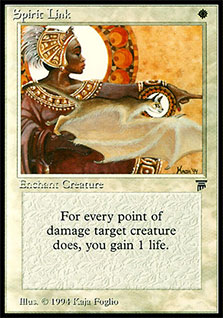 | 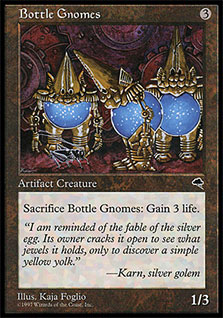 | 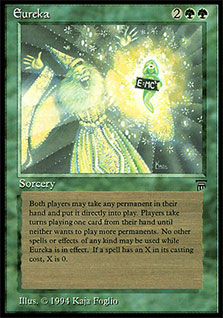 |
Drew Tucker
Drew is one of the Alpha artists, with three commissions in Magic's first set. His watercolor painting style brought a fine-art quality to the high detail paintings of the time. While some of his pieces were more conceptual than directly relational to the mechanic of the cards, it became hard to instantly recognize what a card did by art alone. Some players do love seeing cards that throw a curveball into the set's overall aesthetic, and others, well, they see a butt on Holy Light and just can't get their minds past why hard-to-understand art would be in a game.
Our own James Arnold interviewed Drew not so long ago. It's a well worth read.
 | 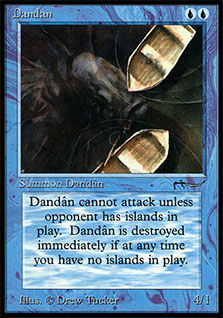 |  |
Noah Bradley
Noah is on this list not so much because of what he paints, but rather, because of his social standing in the art community. He wrote a scathing note telling artists not to go to art school, and yet, he has had his own schooling project, Art Camp and his Art of Freelancing as alternative options. He's a young upstart who is not only making his role known in the art community, but painting landscapes with a significant handle of light that is being recognized with art awards. Established artists may scoff at his methods, but his art is clearly on solid ground, and his savvy marketing mind, and absurdly large Reddit loyal following, is very much envied by colleagues decades his senior. He's now impossible to ignore and very much a topic in most art schools on entering the workforce. His views on entry-level work and how to do freelance are fresh and incredibly relevant in a post-recession art world.
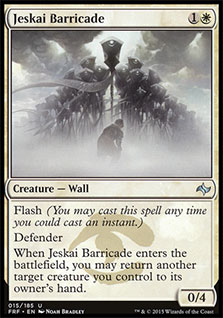 |  | 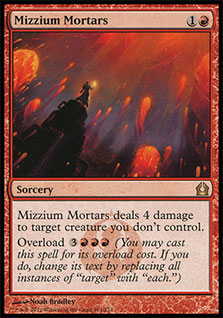 |
Tim and Greg Hildebrandt
Tim and Greg were iconic, fantasy artists who brought the art from basements to the greater population. Their work on Star Wars was seminal for Shadows of the Empire and dozens of Star Wars card game depictions. It brings me sadness that more people don't collect their art, knowing how important they were.
Why they're on this list is that every signed print, artist proof, and original artwork is questioned regarding who did it. Why is there confusion? Read on:
Tim came to the studio in May 2004 for the first time since the stroke. He painted in part of the background and I finished the painting. I gave Tim the credit on the printed Magic card. It was my way of helping my twin brother.
At this point it is necessary to clarify these pieces to our fans.
If by doing this I have offended or misled anyone I am truly sorry.
Who actually made this artwork, and whose signature do I have on my collectible? Does that matter for provenance? You bet. Every piece by them is now under an inquisitive look regarding who actually made it. A complete signed set is now harder to prove, and Tim's real signature is becoming skyrocketed for actual cards he signed that he did.
Greg should be commended for being the model brother, even if your artist proof is signed by the other brother. He's more of a brother than I will ever be.
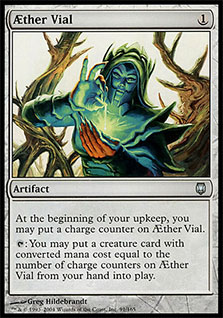 |  | 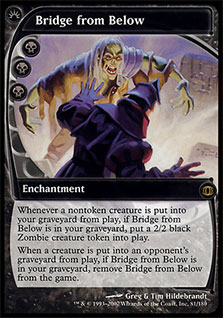 |
Steve Argyle
Steve joined the Magic ensemble of artists and blew the door off the hinges, bringing artists closer to fans than ever before. Yes, he makes incredible works included in Spectrum, but it's his unparalleled access into his process that he offers his fans--the Ascended Minion Project--that is a defining point for him. His recent depiction of Thalia, Guardian of Thraben is very un-Magic-looking, but the step to bring figures into closer view is a healthy step for art descriptions that always have a figures in scenes. What made him controversial is not his card art, per se, but rather using card depictions in fan art.
He got into some hot water for making some provocative imagery of Planeswalkers, including Liliana and Chandra, two branded characters. (You can Google them; it's not hard.) He tiptoed the line of what's acceptable and was informed of it rather harshly, and he has moved on. It's really that simple, but he still receives oodles of requests for things unsafe for work. It's a service to the fans, but the gray area was defined for any future artists.
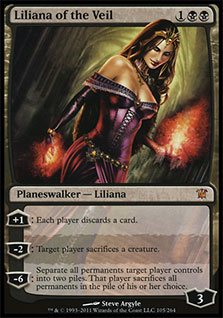 |  |  |
Harold McNeill
It's hard to describe Harold in a few words. I've never met him, but some reputations precede an introduction. From a cursory--and I mean brief--look at his website and Facebook page, it's like stepping back into an alternate timeline in which Nazism endured in a niche of society. A few folks have dived into his history, starting from seeing Invoke Prejudice, seeing KKK members and then walking away slowly. He has eugenic to master-race beliefs, and it's hard to comprehend that a game full of wizards and Shivan Dragons would have one artist who went off the deep end. He did create art nearly twenty years ago, and much can change or reveal itself in that time. I wouldn't tug at that string, dear reader, if you're curious.
He's near impossible to get ahold of, but people still arrange for card signings through brokers and a few folks on Facebook to complete a signed set. I'd talk to Scott Mosser, who runs a Facebook page for signed cards, in case you're on the hunt for Harold.
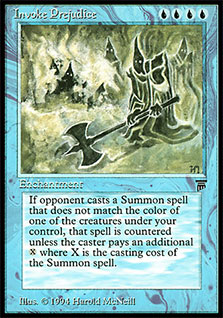 |  |  |
There is no shortage of other "stories" out there, but I hope you've enjoyed and learned something today!
-Mike
























